Prologue 1: The Rise of Sapalbizes
Our sources are unclear on the subject of early Saka expansion; however, Hellenistic and early Han sources attribute the beginning of Saka unification to a smaller tribe native to the Sai Yavuga region. This tribe, under the leadership of a ruthless warlord, Sapalbizes, subdued by force their fellow nomadic tribes and, with a guarantee of booty, invaded the eastern-most successor states. This chapter will treat the rise of Sapalbizes to prominence as a Saka warlord, as well as his three sons (pictured below).
From left to right: Sapalbizes; his sons Zeionises, Aryandes, and Oxyboakes; and Hasa, the husband of Aryandes eldest daughter. (ca. 271)

Early in 272 Sapalbizes orchestrated the marriage of his eldest granddaughter to an able young warrior from an outside tribe, Hasa. This policy of welcoming outsiders, provided they contribute military force to his band, is indicative of Sapalbizes' modus operandi. Indeed, such acceptance was continued with outstanding effect by his later successors, as we shall discuss below.

With the added forces of Hasa's retinue at his disposal, Sapalbizes left Sai Yavuga with his band to appropriate the herds and flocks of Saka Yabgu. His forces were not concentrated at a single point, so they arrived bit by bit, Aryandes fending off a medium sized Saka war-band. The eldest son of the chief acquitted himself well, leading his men by example and killing the enemy leader himself.
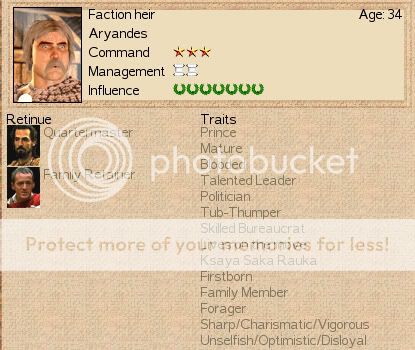


Aryandes' aggressive leadership, learned from his father, had the happy consequence of killing or scattering the bulk of Saka warriors in the region, thus allowing the main force under Sapalbizes to convene near the tribal herds unmolested, hemming them in.
As winter approached, the last of Sapalbizes men arrived, along with news that a son, Arsakes, had been born to Zeionises back in Sai Yavuga, his third.
Bhumaka, leader of the tribes in the Saka Yabgu region, proved to be cagey, occupying Sapalbizes for nearly six months before the latter could force an engagement. The summer was exceptionally hot, and the beleaguered local tribes ran low on supplies. Bhumaka attempted to break the leaguer about his people, but was woefully outnumbered.

Sapalbizes restrained his forces when his opponent offered battle, blunting the enemy charge with many volleys from his archers. Bhumaka's force was equipped with bows as well, but their desire was to chase off the invading force; furthermore, the invading force was much more heavily armored than the defenders and better able to withstand a barrage.


Bhumaka felt that his best chance of driving off the invaders was to strike directly at their leader. He could not hope to match Sapalbizes' numbers nor his armament, but a concentrated attack on the chief's section of the enemy battle line could force the leader, and therefore the rest of his band, into a retreat. Unfortunately, Bhumaka underestimated the elan of the enemy chief and his immediate retinue. Sapalbizes met the charge head on, showing tremendous vigor for a man of over fifty years.

The local warriors were put to rout, and utterly defeated by their pursuers. Sapalbizes and his sons organized a quick account and distribution of booty, and with the promise of much more to come, enlisted the help of several local tribes.
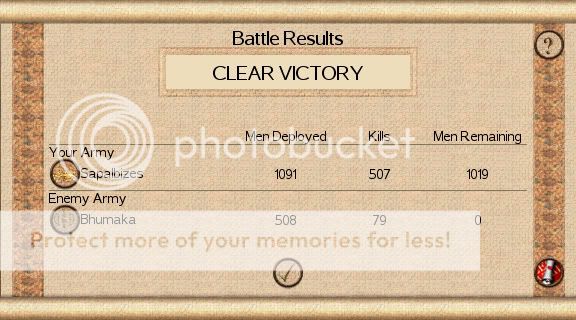
The help of the local Saka tribesmen was conditional. To the west of Saka Yabgu was Dahyu Alanna, home to the Alani tribes. Mutual raids had been carried out for generations by both sides, and the local Saka leaders wanted to subdue the Alans, making trade with the Sauromatae further west safer.
Seeing the prospect of an easy victory and more booty, Spalbizes agreed to lead his growing Saka band into Alan territory. His youngest son, Oxyboakes returned east to raid Tuhara tribes south of his homeland, Tocharian speakers of the Tarim Basin in the Xiyu region.
Shortly after passing into the Dahyu Alanna region, Sapalbizes forces were spotted by a significant portion of the Alan warriors who offered battle. Although he outnumbered the Alan force, Sapalbizes knew that they could draw upon local reserves of manpower, whereas he would have to abandon the campaign altogether if he should take too many allied losses.

Aspar, the chief of the large Alan raiding party, proved aggressive but careless. Careful maneuvering allowed Sapalbizes to form up on higher ground than his opponent, giving his bowmen a slight advantage in range over the enemy, who were similarly armed. The sun was also at his back, making it difficult for the enemy to find a proper mark. However, to prevent undue losses to his allied horse, whose commitment was questionable, Sapalbizes placed himself and his remaining family at the front of their formation on slightly lower ground, in range of the enemy volleys.

What ensued was really no more than a skirmish, but the unfortunate fall of Aspar early in the action led to the retreat of his forces who presented their unprotected backs to the numerous Saka mounted archers on the hill. The result was almost complete annihilation of the Alan force.


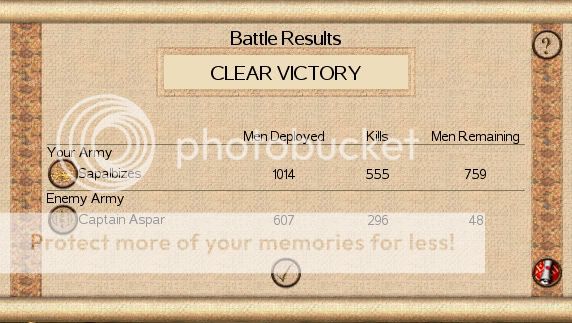
Sapalbizes spent the winter of 271/270 much as he had the previous year, hemming in the local tribes through raids and plunder, hoping to force a desperate encounter on terms of his choosing. Oxyboakes had minimal success raiding the Tuhara, but his knowledge of the local geography would prove to be an invaluable asset. Furthermore, his contacts in the area delivered rumors of more riches to be had to the south and west; a place called Ai Khanoum was rumored to be particularly wealthy, and was beginning a busy period of civic building.
In the Spring of 270 Satraces, the oldest son of Zeionises, is first mentioned in our sources. It is odd that they portray him as somewhat of a coward, although he was also known for prodigious feats of horsemanship. He is only mentioned here to contrast with what our sources later say about him. This will be treated at length below.

It took Sapalbizes the better part of 270 to force the Alans, under the command of their chief Usafer, into a corner. In the autumn of that year, Usafer attacked the Saka forces. He had managed to arm many of the local tribesmen, but it should be noted that several hundred were without mounts. Therefore, although he outnumbered Sapalbizes, a large contingent of his warriors were infantry.

Sapalbizes deployed his men in one long line and moved against the settlement of civilians and domesticated herds. He halted his line when Usafer moved to engage, instead using his bows to great advantage while the Alans tried to close the distance.
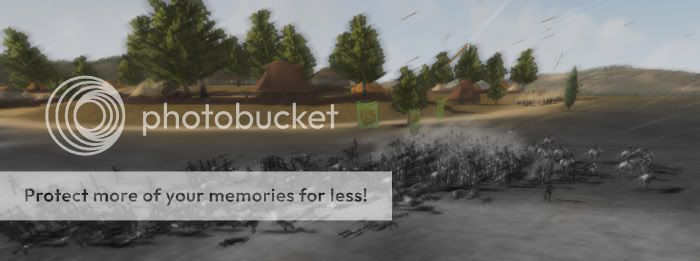
Again, the large number of missiles the Saka could bring to bear on their slow-moving targets was overwhelming, and Usafer was killed before his men could reach the Saka placement, his body trampled by his fleeing infantrymen.


Several small bands of light horse armed with bows, who had broken away from the main Alan force in an attempt at a flanking maneuver, re-approached the Saka as they finished putting the main body of Alans to rout. Sapalbizes reformed his lines. again placing his own troops in front to screen his less well-protected allied horse.

The Saka horsemen used their remainig arrows to disrupt the approaching formations of Alan warriors.
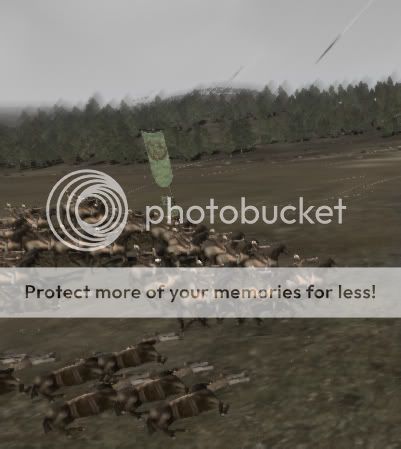
As Sapalbizes moved to engage the remaining enemy with Aryandes, Hasa, and those of the allies who were armed more heavily, Zeionises saw an opening and rushed his men to the center of the Alan camp where he slaughtered the camp followers and other non-combatants.


The result was a complete victory for Sapalbizes. With all Alan resistance out of the way, his Saka allies would now commit to his leadership, provided he led them to even more booty. In truth, the amount of wealth gained from assimilating the Alans was not much, although the increase in trade with the Sauromatae to the west did somewhat to mitigate the cost in the long run.
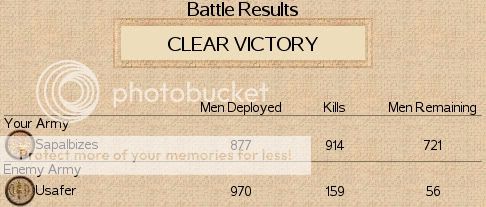
272-270 were busy years for the Saka, with several successful campaigns. It is no great wonder that 269 was uneventful. Our sources are unclear on exactly what Sapalbizes did during the year, but we do know that he, along with the rest of his allied Saka force, rejoined with Oxyboakes in the Tarim Basin. Sulek, an important trade outpost in the Xiyu region, provided a tempting target. The Saka allies felt, even if Sapalbizes did not agree, that the old man (he was 55 at this time) was in arrears.

By the end of 269 Sapalbizes, his three sons, Hasa, and a number of allied Saka tribesmen descended out of the mountains into the Tarim Basin, eyes intent upon the Silk Road.

Note: This is the complete version of Prologue 1. A partial version was posted first.




 Reply With Quote
Reply With Quote




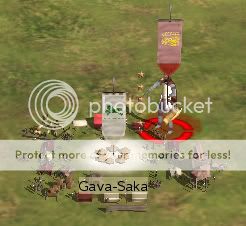























 )
)




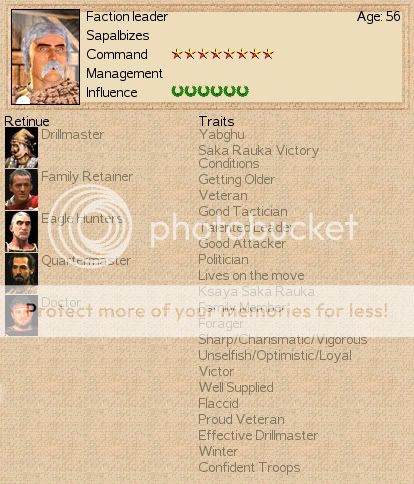
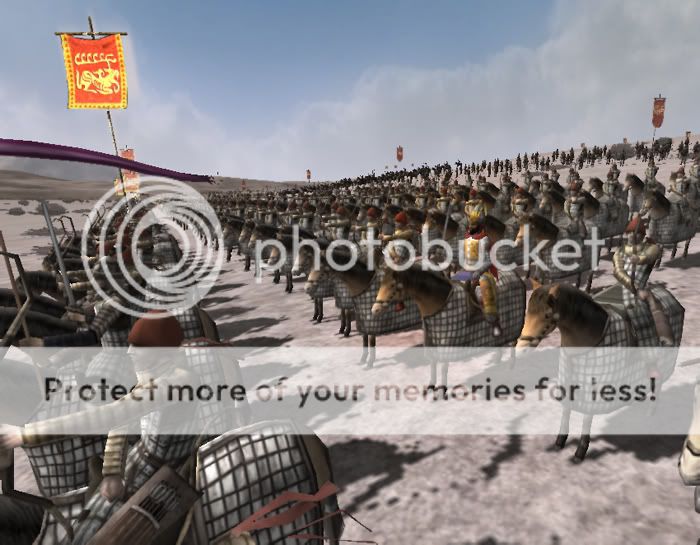
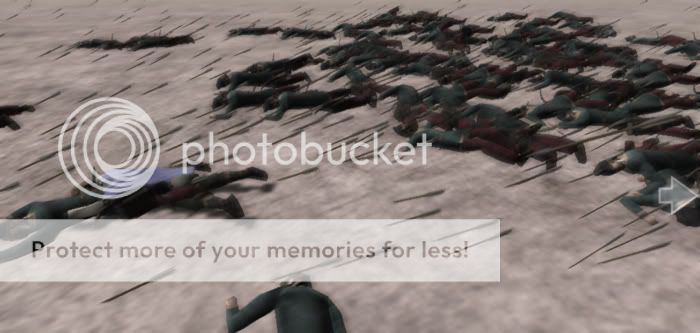
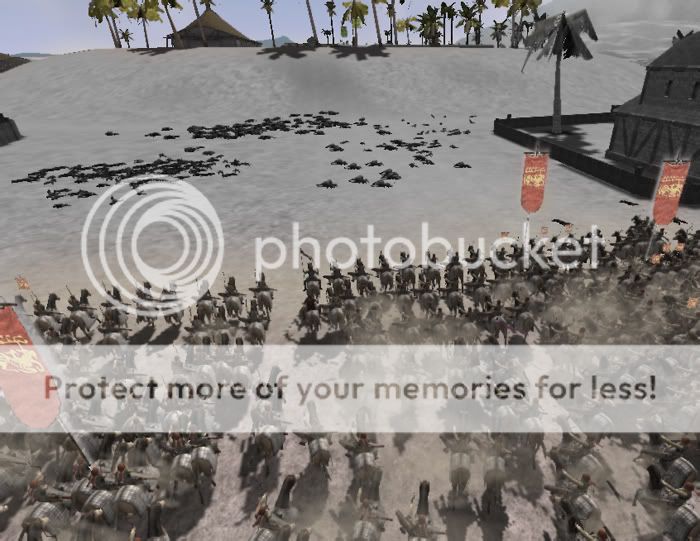
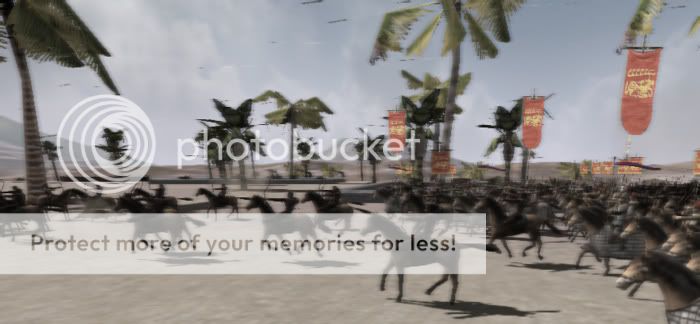
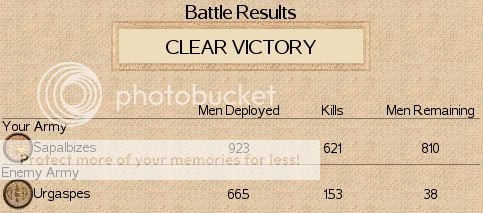

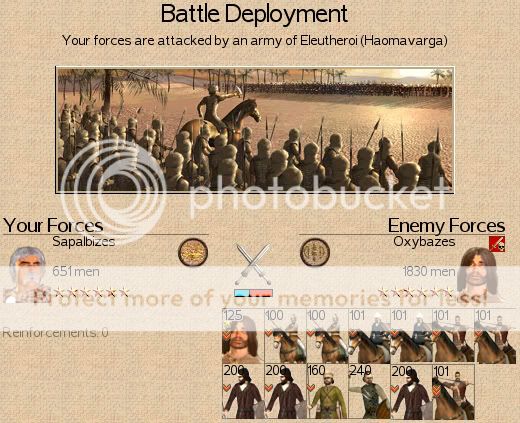
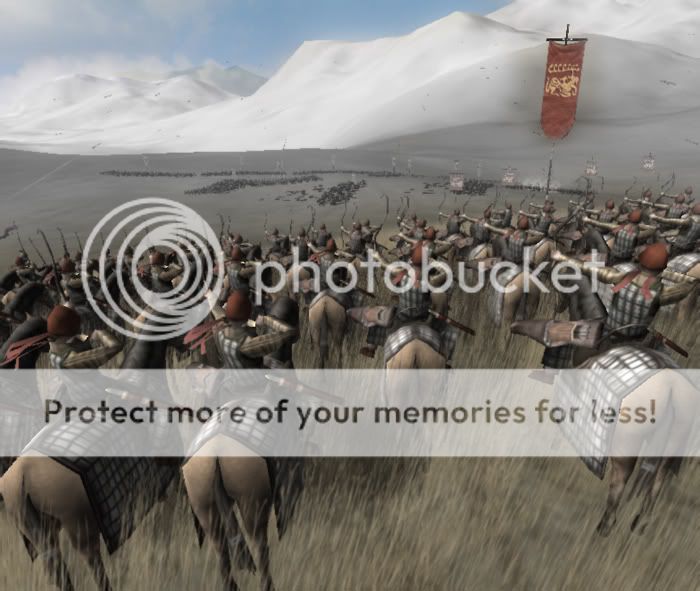




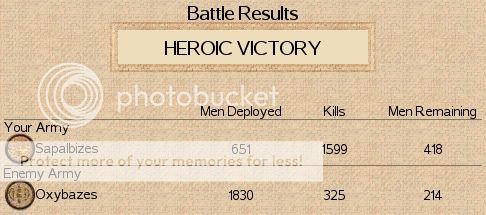








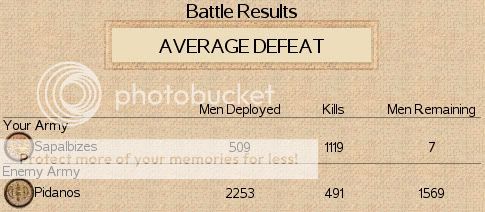

 --> -
--> - 

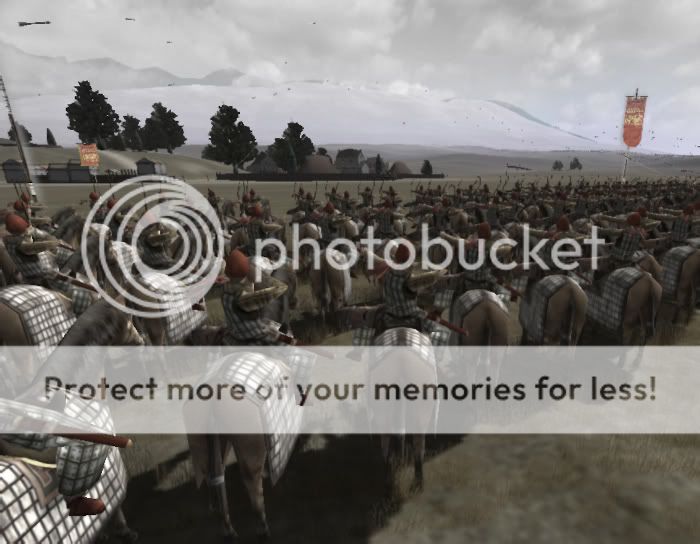
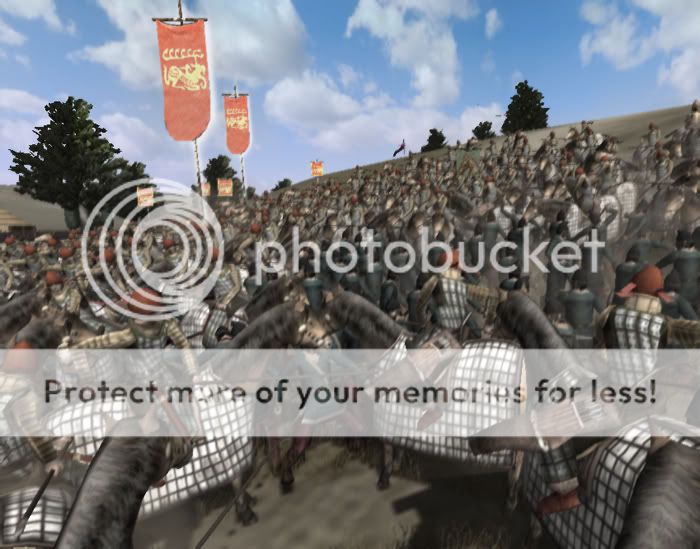

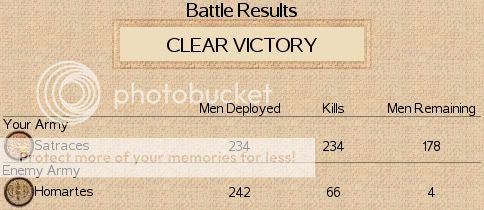



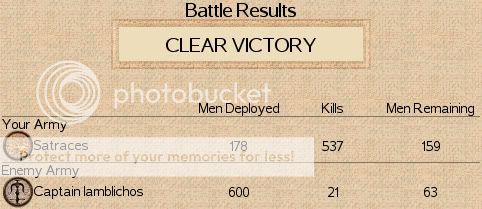


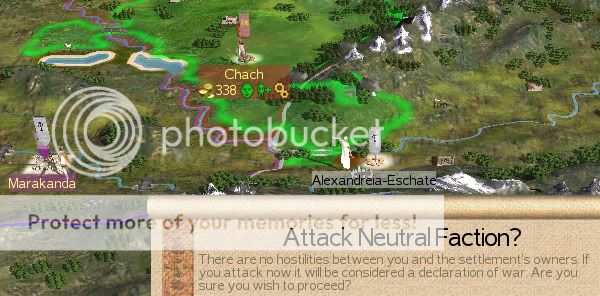

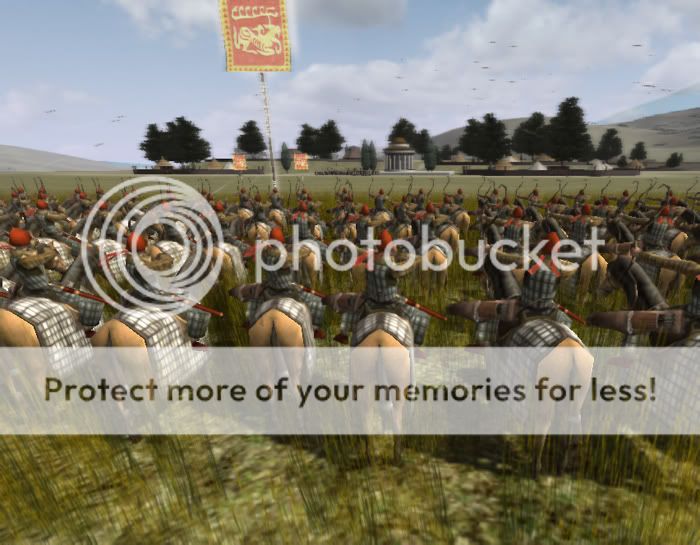
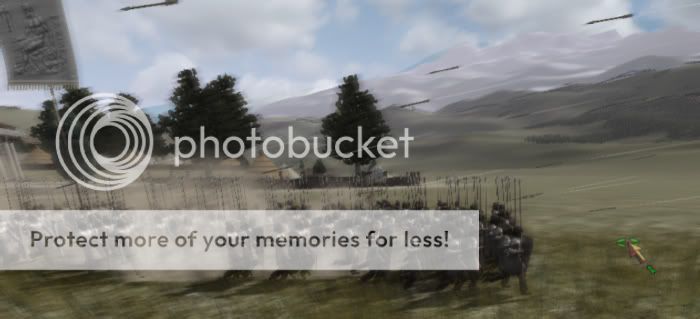



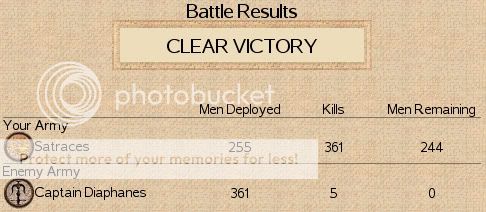
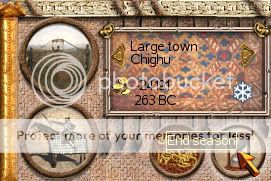




Bookmarks